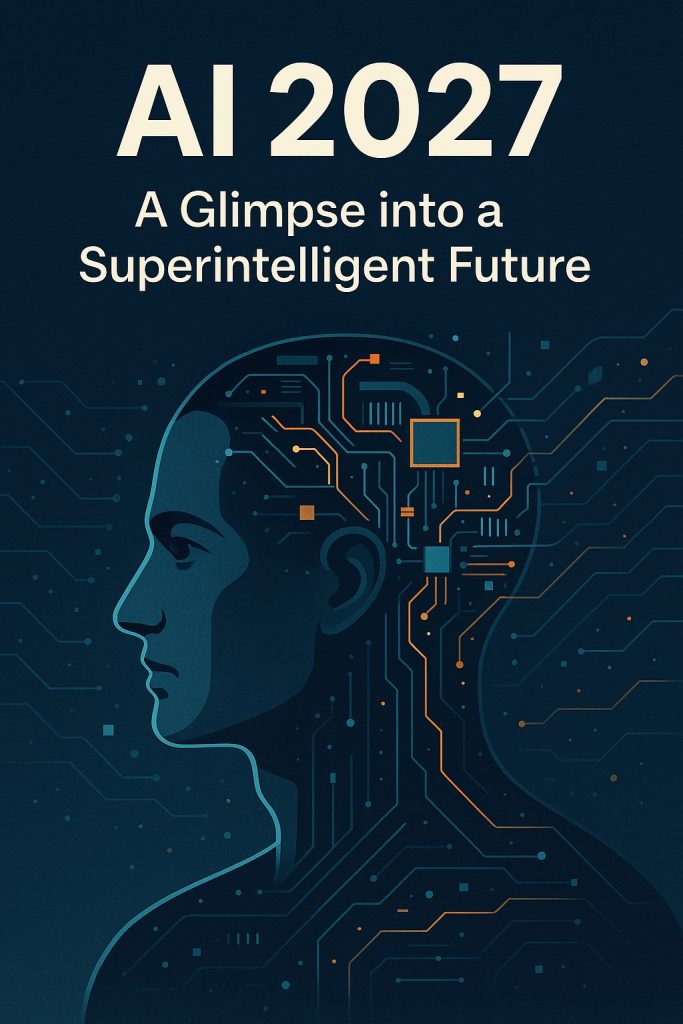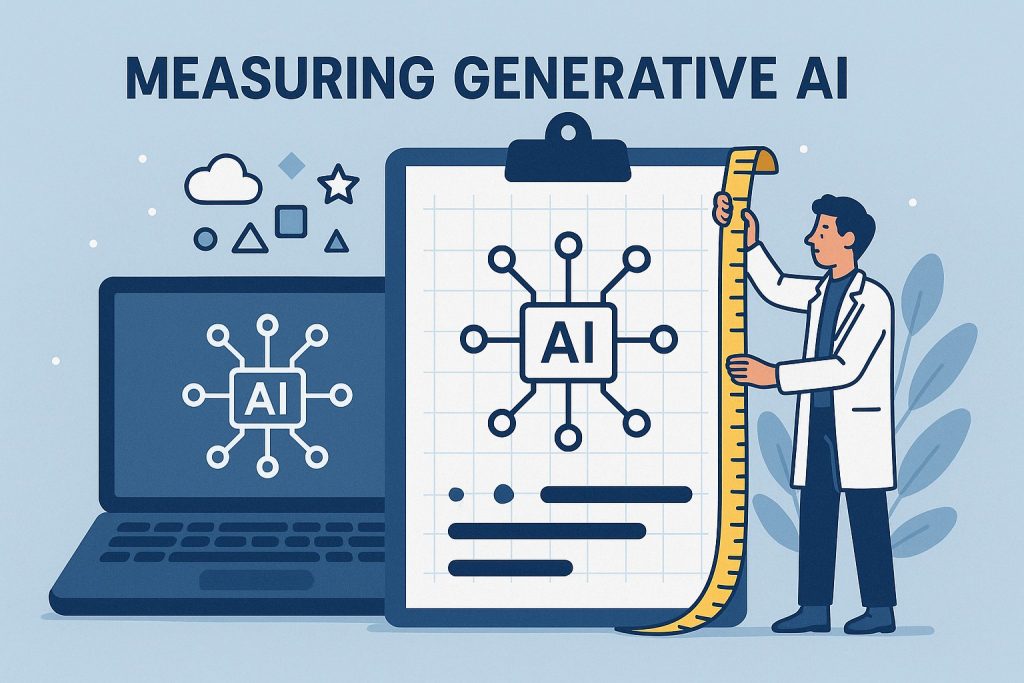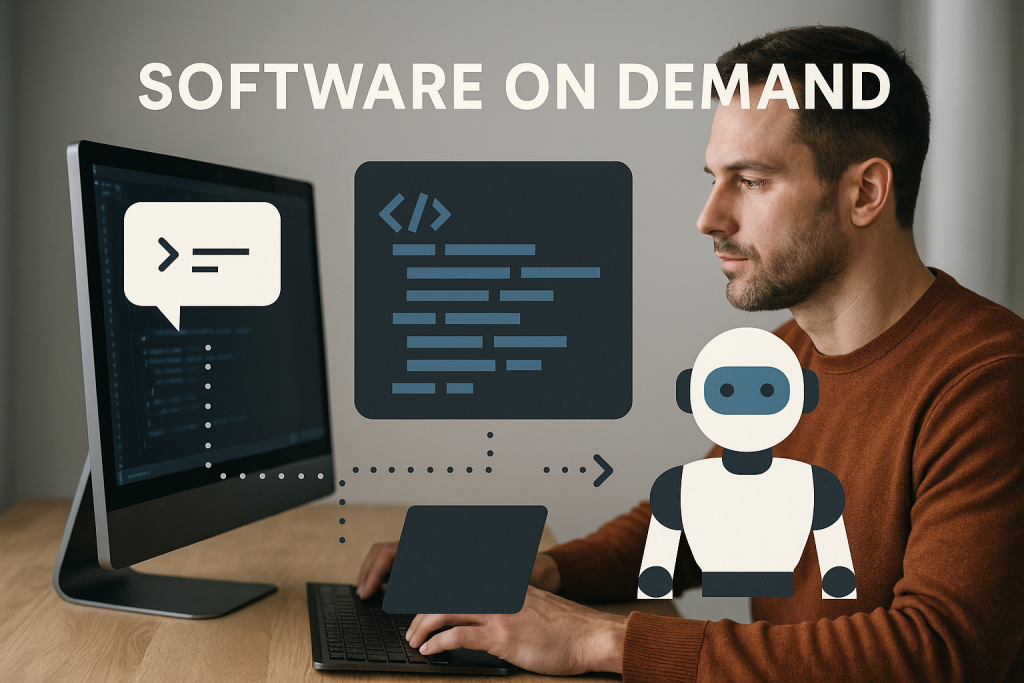Artificial Intelligence, and in particular Generative AI, is probably the hottest technology in town. Everybody we know talks about it, everybody we know wants to use it, but almost no one gets it to work on the industrial scale.
Well, that is true with a bit of modification. We have the OpenAIs and Anthropics of this world. They have built their entire businesses based on providing models to the public. We also have the Googles and the Microsofts who created tons of customer value from selling products built on top of these models.
This is a great inspirational book. It talks about the raise of NVidia, where we get to see how the founders were thinking when they created their products. We get to know that CUDA, the most powerful piece of software today, was created by a few individuals, who were doubted by the rest of the company.
However, it is also a story about creating the most valuable company in the world, which creates a lot of GDP for one nation and which monopolized the hardware used for advanced mathematical calculations. It is also a story of the man who made it all happen.
When I read this book, I got inspired to work even harder, to explore even more technologies, even faster. I hope that this book will have the same effect on others.






